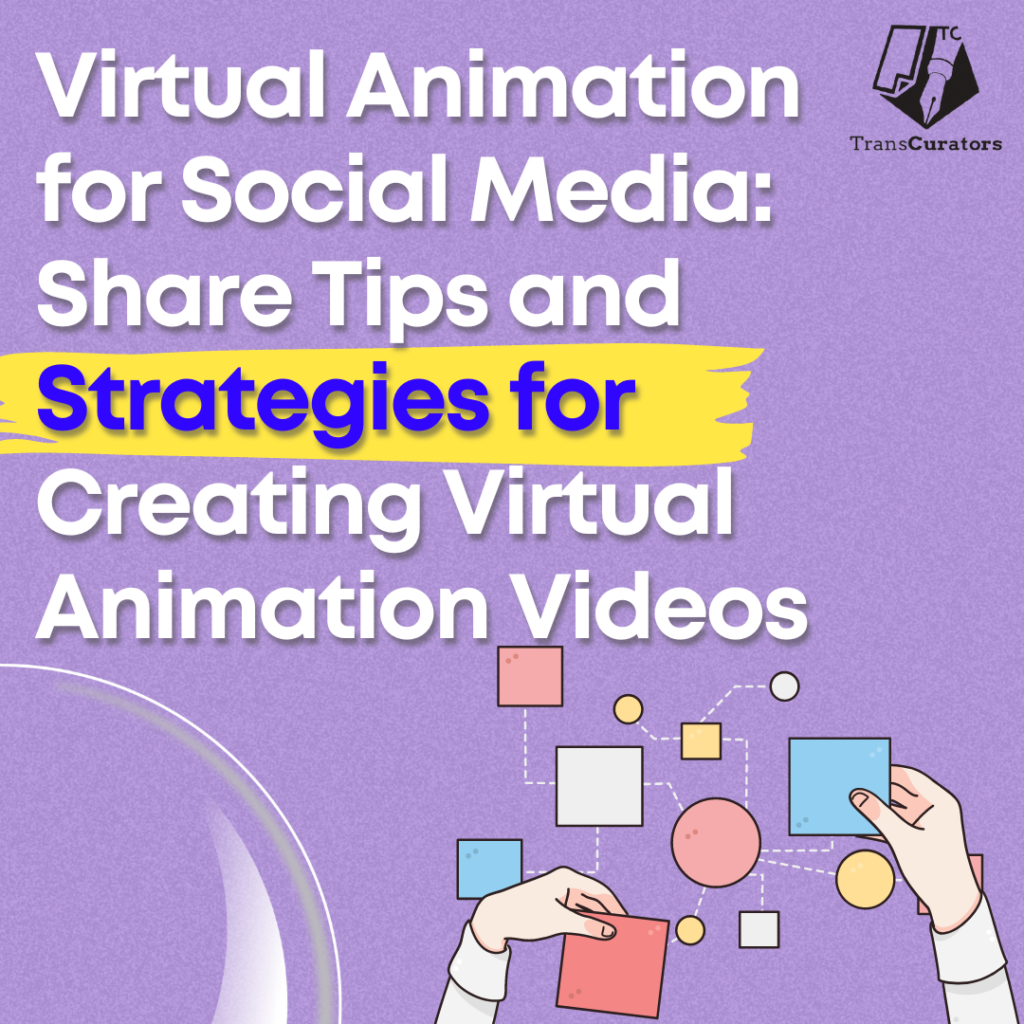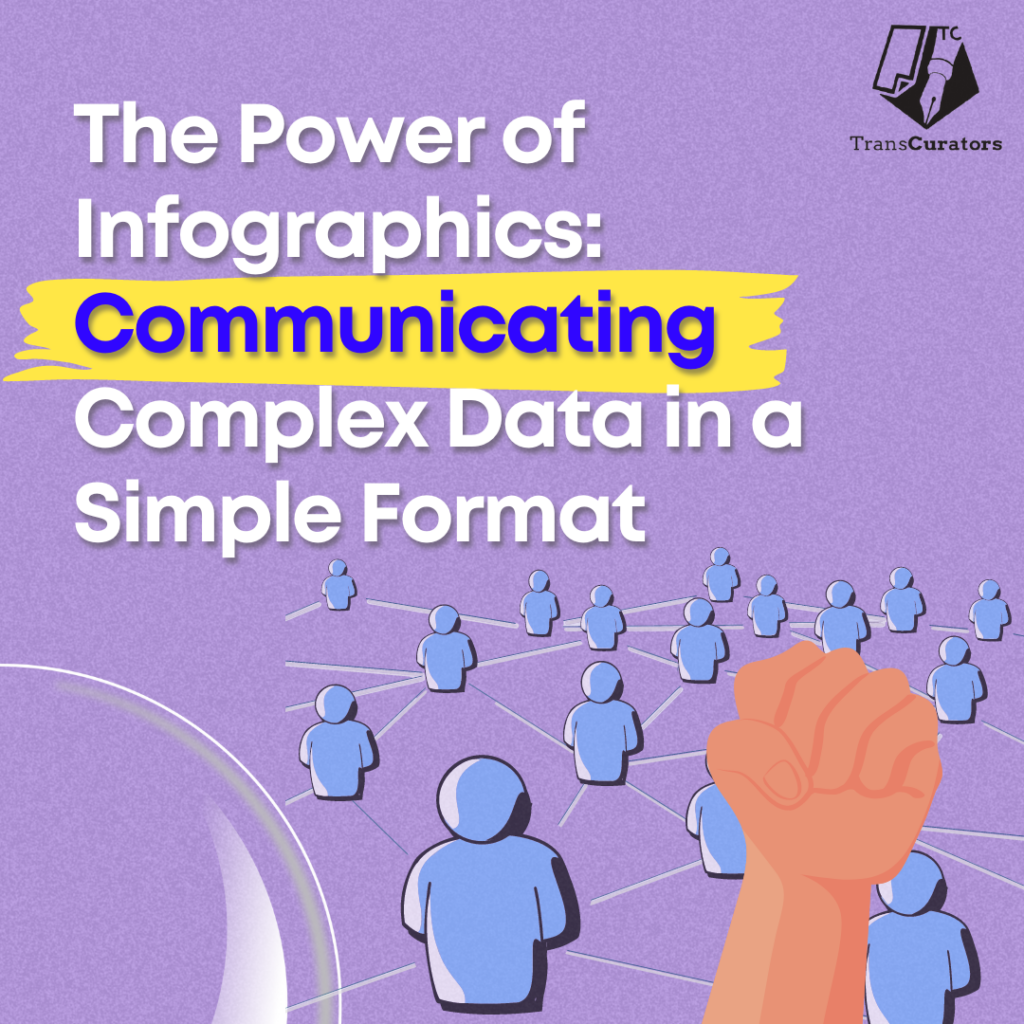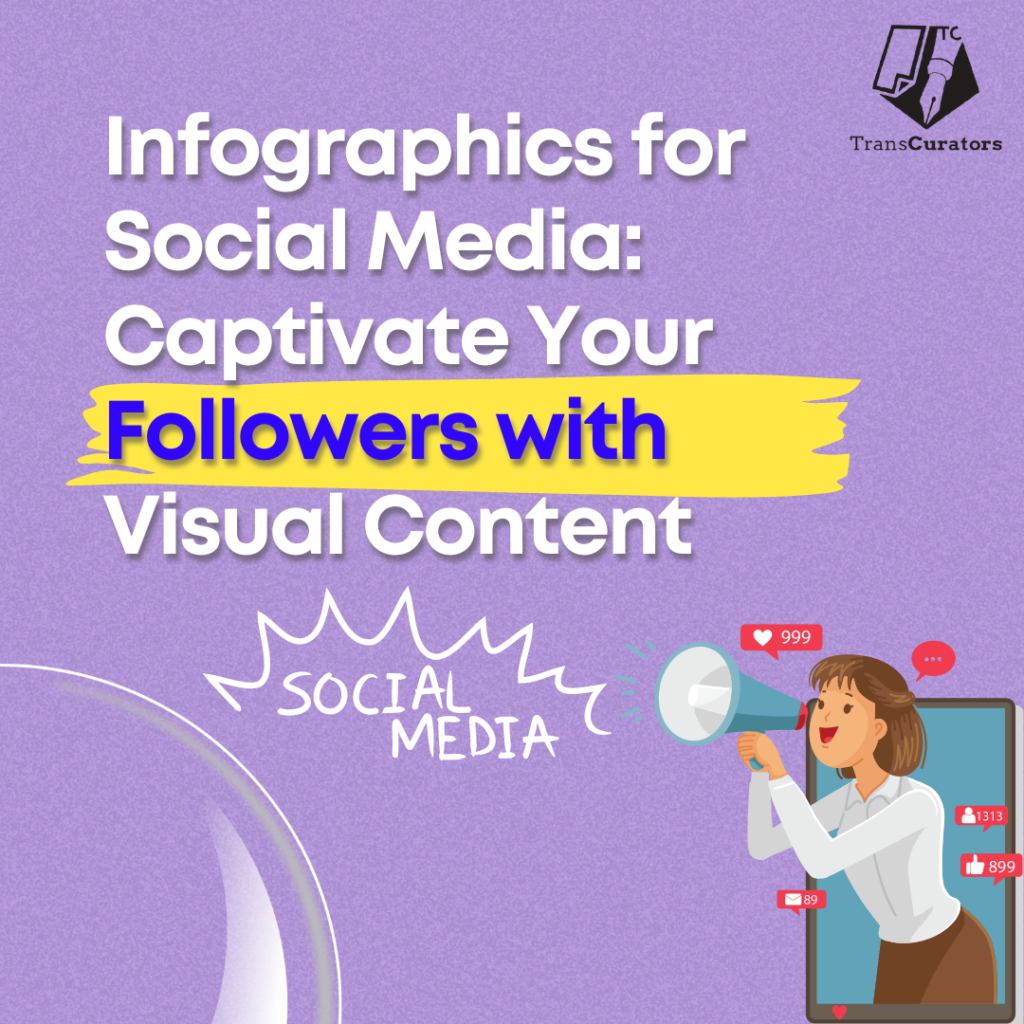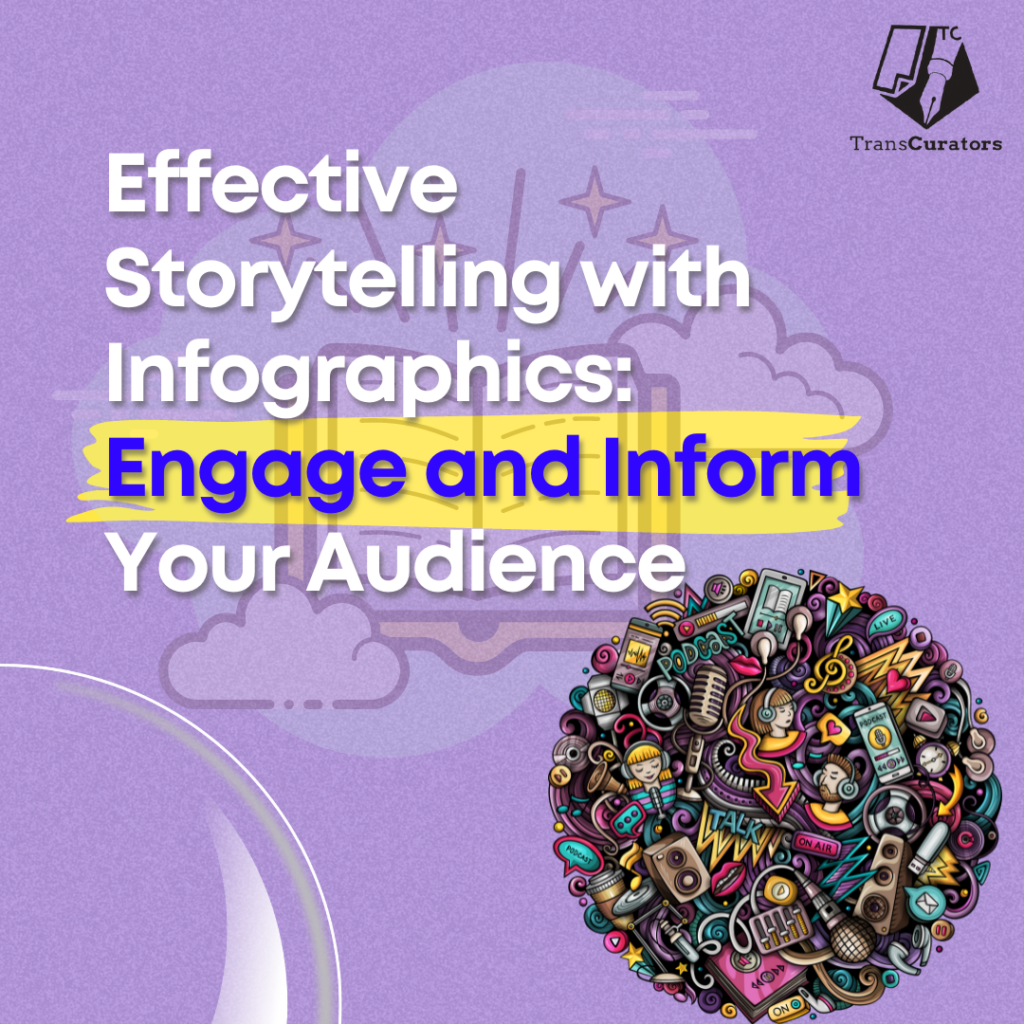What is Copywriting: Exploring Types and Overview
In the world of marketing and advertising, words have enormous power. They can inspire people, evoke emotions, and boost sales. Copywriting is the magical skill of utilising words to persuade and influence others. Whether you’re drawn to famous businesses’ catchy taglines or intriguing product descriptions that tempt you to click “buy now,” copywriting is the driving force behind these persuasive messages. Let’s take a deep dive into the world of copywriting, learning about its definition and kinds and how you may start your road to becoming a professional copywriter. What is Copywriting? Copywriting is the method of creating persuasive copy for advertising and marketing motives. It involves offering content that informs and drives the reader to act, such as making a purchase, subscribing to a newsletter, or clicking a link. Unlike other types of writing, copywriting focuses on quickly gaining the reader’s attention and retaining it with concise, straightforward, and compelling language. At its core, copywriting blends creativity and strategic thinking. A skilled copywriter must thoroughly comprehend the target audience, including their wants, desires, and sore areas. Copywriting can encompass several forms, including website content, social media postings, email campaigns, and commercials. Each format demands different approaches and tones, but the main objective is influencing the reader’s behaviour. Persuasive techniques are a crucial part of compelling copywriting. This includes attention-grabbing headlines, captivating narratives that hook readers, clear calls to action that guide readers in the right direction, and strategically chosen keywords to enhance search engine optimization (SEO). Copywriting necessitates creativity to create appealing messages and critical thinking to understand and improve their impact. It is essential to any marketing plan and is vital in developing leads, increasing sales, and raising brand recognition. Types of Copywriting There are many distinct types of copywriting, each suitable for a specific audience and set of objectives. Here are eight significant forms of copywriting: 1. SEO Copywriting SEO (Search Engine Optimisation) copywriting focuses on creating content that ranks high on search engines. It involves conducting keyword research, optimizing content structure, and producing relevant content that appeals to search engines and people reading it. Successful SEO copywriting can boost organic traffic and exposure. 2. Content Marketing Copywriting Content Marketing writing covers various content types, such as blog posts, essays, whitepapers, and e-books. The primary purpose is to enlighten, educate, or entertain the audience while indirectly advertising a brand or product. High-quality content creation promotes authority and trust, leading to long-term customer connections. 3. Direct Response Copywriting Direct response copywriting encourages the reader to take an instant action, such as purchasing, subscribing to a newsletter, or downloading a resource. This type of copywriting is highly effective since it highlights advantages, urgency, and unique calls to action. It is often used in sales letters, email campaigns, and landing sites. 4. Sales Copywriting Sales copywriting is closely connected to direct response, though it usually involves longer-form text, such as sales pages and brochures. Its main objectives are to convince the reader to purchase a product or service by promoting its features and advantages and solving any possible challenges. Engaging and persuasive sales content leads to higher conversions. 5. Technical Copywriting Technical copywriting is crafting specific, concise material that explains complicated technical terms. This form of copywriting is critical in fields such as software, engineering, and healthcare. It contains user manuals, product descriptions, technical publications, and whitepapers. The idea is to make technical information clear and understandable to the target audience. 6. Creative Copywriting Creative copywriting creates captivating, innovative writing that catches attention and brings about emotions. It is commonly used in advertising, social media campaigns, and branding. Creative copywriters rely on narrative, humour, and vivid imagery to produce memorable messages that connect with their intended audience and maintain brand identity. 7. Marketing Copywriting Product descriptions, brochures, and commercials are just some promotional materials that fall under marketing copywriting. The objective is to increase interest, boost sales, and create awareness. It calls for a thorough understanding of the intended audience and the capacity to create content that matches the tone and marketing approach of the brand. 8. Email Copywriting Email copywriting focuses on creating engaging and effective email campaigns, which include automated sequences, newsletters, and promotional emails. Good email copywriting requires solid subject lines, customised content, and explicit calls to action to develop relationships with subscribers and increase sales. Basics of Copywriting Understanding the basics of copywriting is essential for creating compelling and persuasive content. Here are some fundamental principles: 1. Know Your Audience: An in-depth understanding of the target audience is the foundation of any successful copy. Know their motives, pain spots, preferences, and demographics. Make your message tailored to them. 2. Craft Compelling Headlines: The first thing readers notice is the headline. It must grab their interest and convince them to keep reading—Utilise strong, directive language when responding to a particular need or benefit. 3. Focus on Benefits, Not Features: Highlight all the benefits the audience will experience instead of just listing the product’s features. Briefly describe how using your good or service can help them live better, solve difficulties, or both. 4. Use Persuasive Language: Incorporate persuasive strategies such as scarcity, urgency, emotional appeal, and social proof. Persuade the reader that they need to take immediate action. 5. Create a Strong Call to Action (CTA): Indicate to your readers what you would like them to do next. Your CTA should be easy to understand whether the user is shopping, subscribing to a newsletter, or clicking a link. 6. Keep It Simple and Clear: Stay clear of technical terms and terminology. Make sure your copy is easy to read, straightforward, and essential. For best readability, keep your paragraphs and phrases brief. 7. Edit and Proofread: Always proofread your copy. Look for complex phrasing, grammatical mistakes, or areas where the message needs more clarity. A flawless and error-free copy sets the bar for professionalism and trustworthiness. Skills Needed to Become a Copywriter Becoming a copywriter requires various abilities that integrate technical expertise, strategic thinking, and creativity. To create






